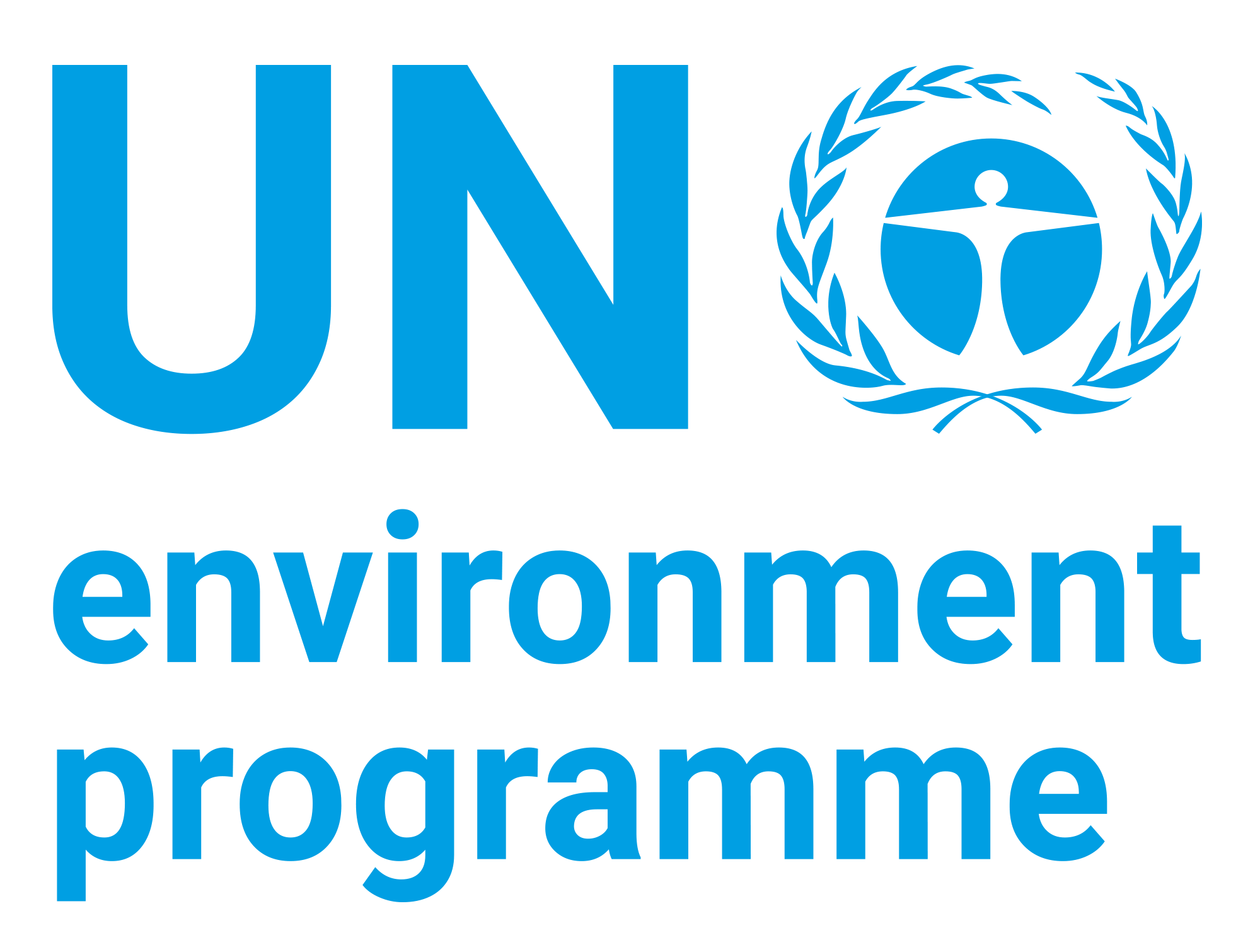Promoting Ecosystems for Disaster Risk Reduction and Climate Change Adaptation

Date
2015Author
United Nations Environment Programme
Citation Tool
Bibliographic Managers
RT Generic T1 Promoting Ecosystems for Disaster Risk Reduction and Climate Change Adaptation A1 United Nations Environment Programme YR 2015 LK https://wedocs.unep.org/20.500.11822/14071 PB AB TY - GEN T1 - Promoting Ecosystems for Disaster Risk Reduction and Climate Change Adaptation AU - United Nations Environment Programme Y1 - 2015 UR - https://wedocs.unep.org/20.500.11822/14071 PB - AB - @misc{20.500.11822_14071 author = {United Nations Environment Programme}, title = {Promoting Ecosystems for Disaster Risk Reduction and Climate Change Adaptation}, year = {2015}, abstract = {}, url = {https://wedocs.unep.org/20.500.11822/14071} } @misc{20.500.11822_14071 author = {United Nations Environment Programme}, title = {Promoting Ecosystems for Disaster Risk Reduction and Climate Change Adaptation}, year = {2015}, abstract = {}, url = {https://wedocs.unep.org/20.500.11822/14071} } TY - GEN T1 - Promoting Ecosystems for Disaster Risk Reduction and Climate Change Adaptation AU - United Nations Environment Programme UR - https://wedocs.unep.org/20.500.11822/14071 PB - AB -View/Open
Item Statistics
Display item statisticsMetadata
Show full item recordDescription
The main focus of the paper is to examine potential areas of integration and synergy, highlighting how sustainable ecosystems management approaches help facilitate integration of CCA and DRR. A total of 38 (Eco-DRR, EBA and hybrid Eco-DRR/CCA) projects were examined in terms of their aims, assessments, implementation, monitoring and evaluation (M&E) and policy and institutional contexts to understand how in practice these approaches differ and overlap and to find key integration points. This paper identifies five areas for Eco-DRR and EBA integration in project design and implementation, namely: Defining aims of the project; Conducting risk and vulnerability assessments; Project implementation: methods, approaches, tools; Monitoring and Evaluation; and Policy and institutional engagements.
Collections
Document Viewer
To read more, scroll down below.

